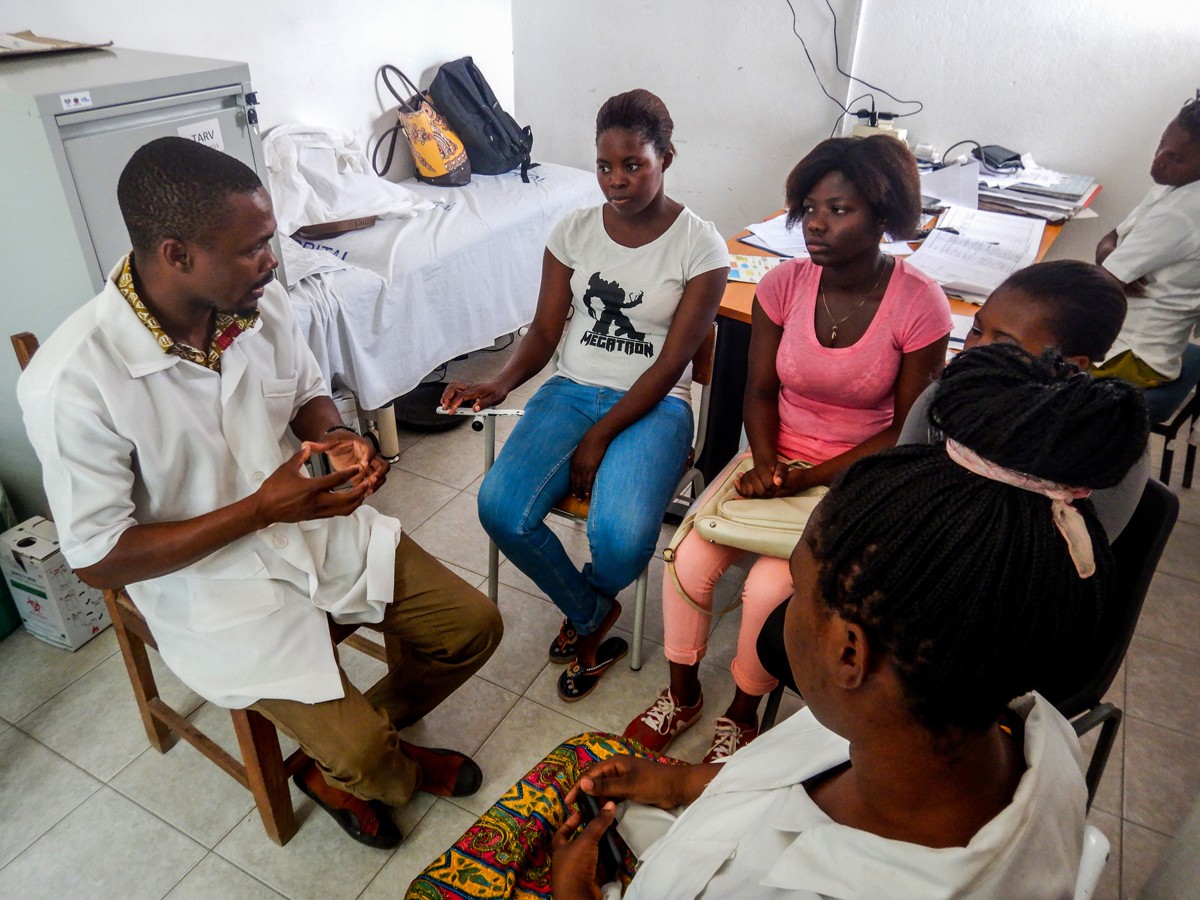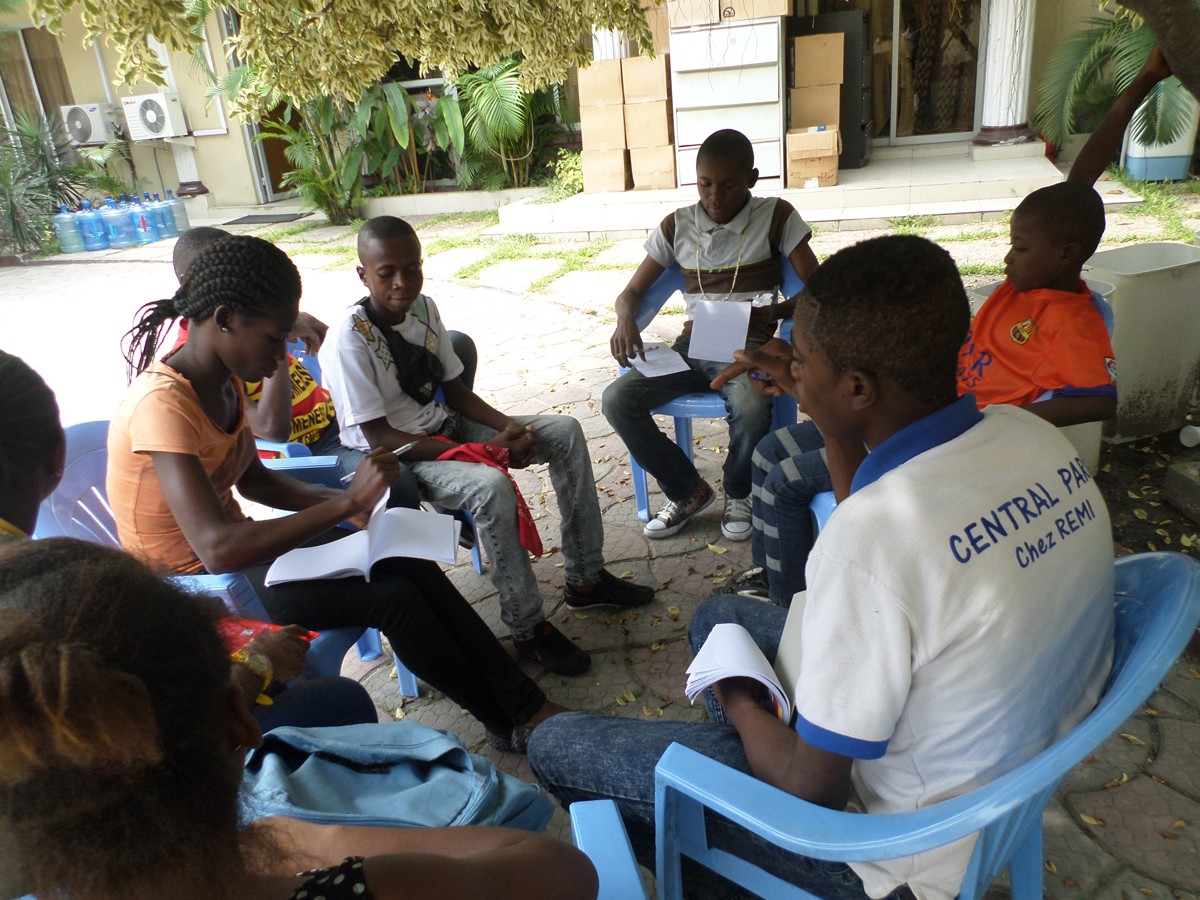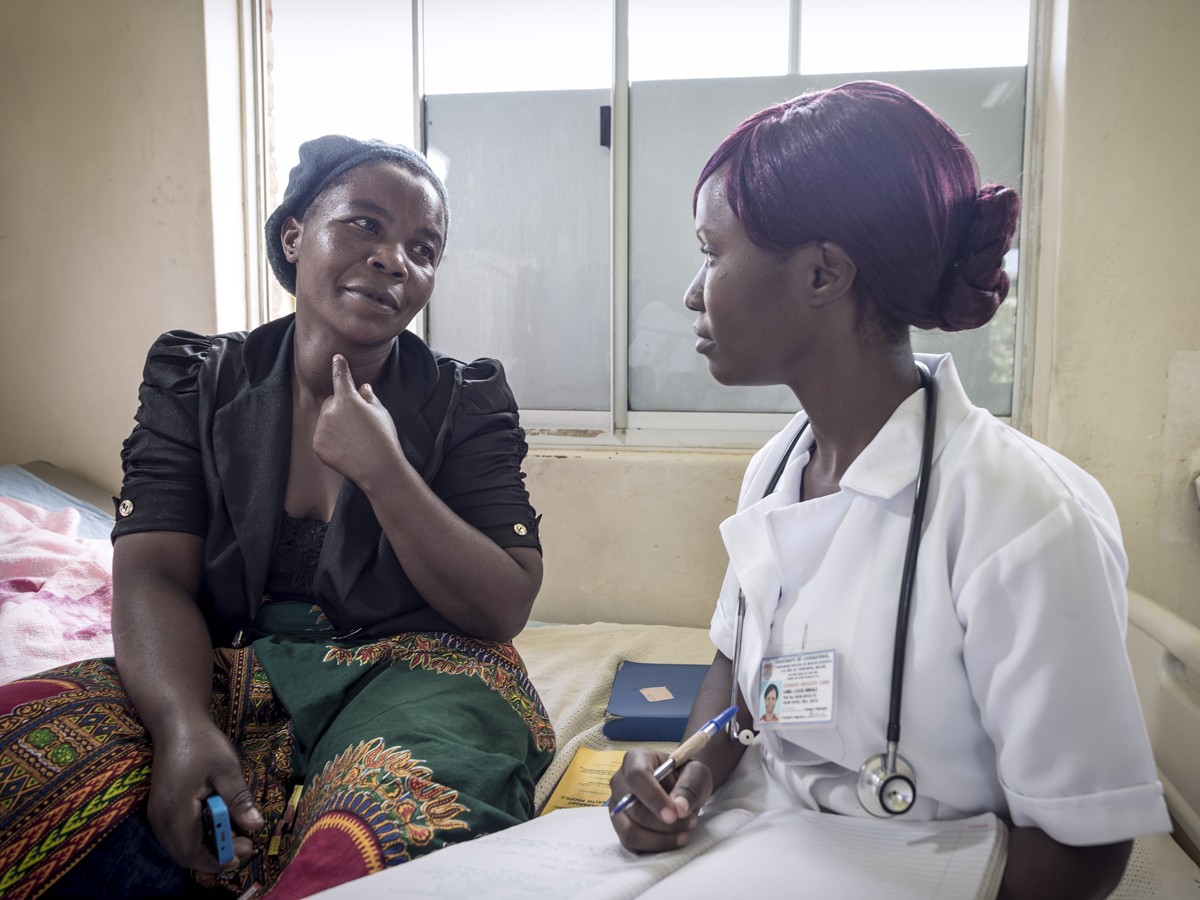Authors:
Abstract:
Background: Early sexual debut (i.e., sex before the age of 15 years), especially if it is unprotected, may increase the risk of acquiring HIV, sexually transmitted infections, and unwanted pregnancies. We investigated the reasons for early sexual debut among in-school youth in Eswatini, a setting with high HIV incidence among youth.
Methods: This was a qualitative, exploratory-descriptive study whereby data were collected from 81 sexually active in-school youth through seven focus group discussions (FGDs) in four purposively selected public high schools (two urban and two rural) in the Manzini region, Eswatini. In each school, except one, two FGDs (one for boys and one for girls) were conducted. Qualitative data were coded and analyzed thematically in Dedoose version 8.2.14.
Results: Nearly 40% of the participants reported having initiated sexual activity before 18 years. Six major themes emerged from the data: i) Intrapersonal factors (feeling mature, religiosity, nutritional or dietary patterns); ii) Parenting and household factors (living arrangement, lack of sexuality education, working parents, negative role-modeling from adults); iii) Peer and partner pressure (pressure from friends, threats from sexual partners, intergenerational sexual partnerships and transactional sex, testing sexual prowess, desire to fit in); iv) Contextual factors (neighborhood, location); v) Mass media (cell phone ownership, social media, and television shows or movies); and vi) Cultural factors (attending traditional ceremonies, loss of cultural norms, values, and traditions, and dress code).
Conclusion and recommendations: The poor monitoring and negative role-modeling by elders highlight the importance of involving parents or guardians as key stakeholders when designing interventions targeting risky sexual behavior among youth. The multifaceted nature of the cited reasons for early sexual debut calls for interventions aimed at curbing risky sexual behavior to be culturally sensitive and responsive to the themes identified in this study.








